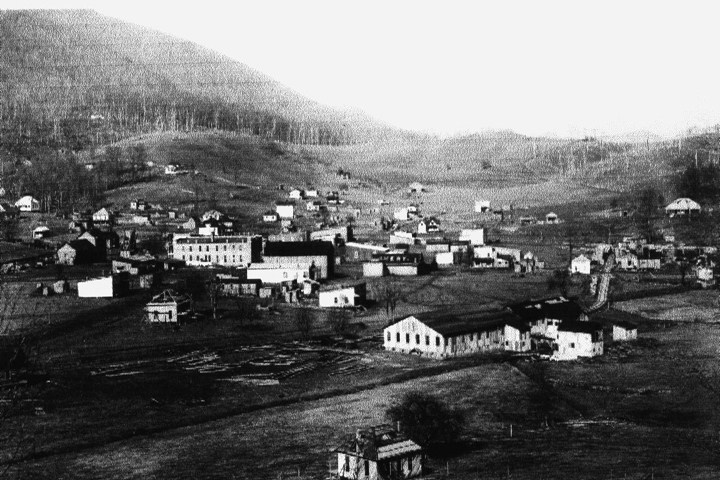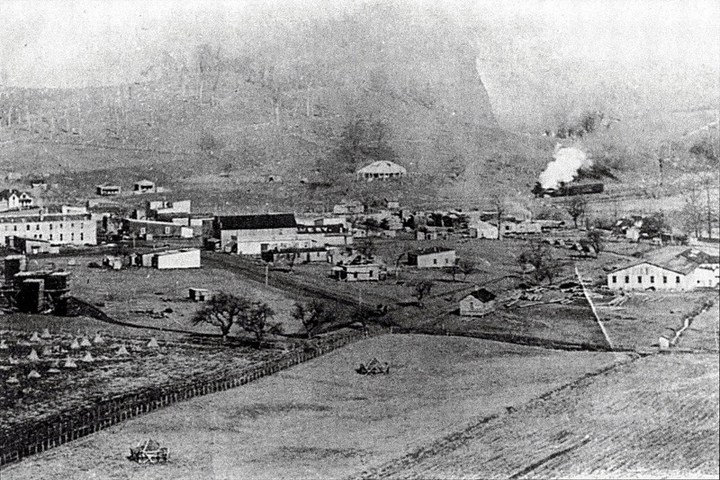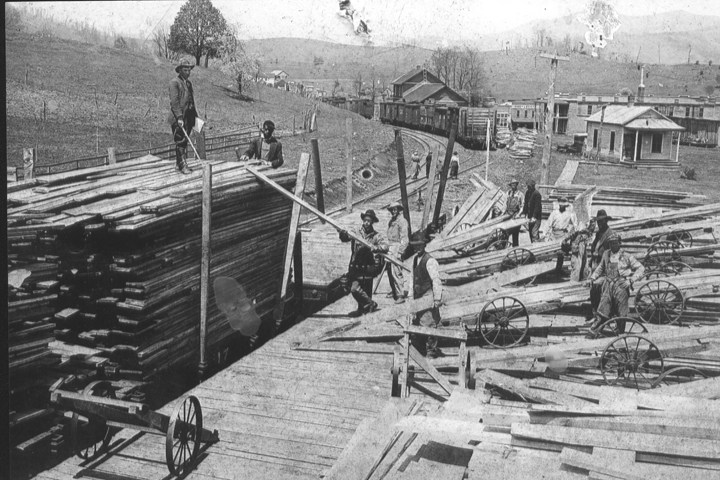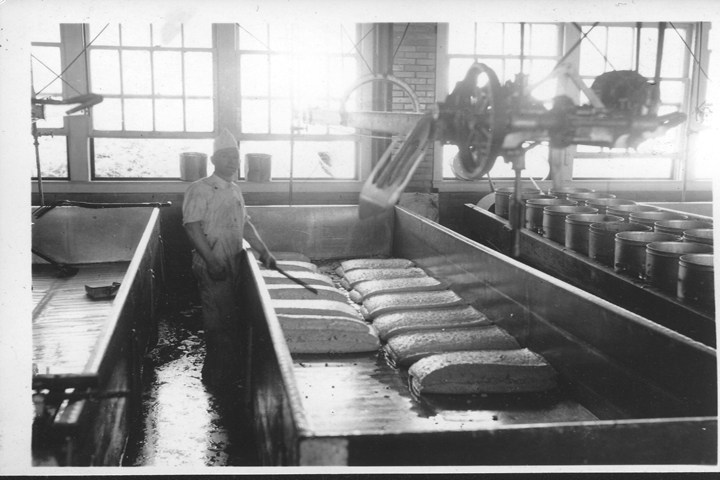
West Jefferson, North Carolina is located in the heart of Ashe County in the northwestern part of the state bordering Tennessee to our east and Virginia to our north. The valley in which West Jefferson, NC is located lays between Mount Jefferson to the east and Paddy Mountain to the west. West Jefferson unofficially developed around the Virginia-Carolina Railroad in the early 1900s, with the Town officially incorporated on February 9, 1915.
For many decades, West Jefferson was served by the Northwestern Railroad, otherwise known as “The Virginia Creeper” by locals, and was a major stop along the railway. The railroad initially carried lumber and wood products which brought West Jefferson’s initial commercial growth. Freight delivery and passenger traffic were eventually added to the train’s services. Land offices, lumber companies, banks and other businesses catering to rail traffic were soon all aiming for space beside the tracks here in West Jefferson continuing our growth.
From 1915 until the early 1930s, the train would make daily runs to haul lumber and wood products, which would significantly grow the town and county. As the timber ran out, the train ran less frequently to only day a week. However from the 1930s to 1950s, businesses in West Jefferson continued to thrive due to industry and trade. In the 1930s, Kraft Cheese became a long-term industry in the town which continues to thrive today under the name of Ashe County Cheese and draw lots of tourists into West Jefferson. A tobacco warehouse was built in the 1940s to accommodate what had become the largest agricultural commodity in the area.
West Jefferson became the retail center of Ashe County with most shoppers frequenting downtown West Jefferson for most items. With diminishing profitable timber and less than profitable passenger traffic, the train made its last run in 1977.
Even with the exit of the train in 1977, there were better roads and access to the county. However, the loss of industry in the county as a whole and the loss of several businesses downtown resulted in a downturn in the local economy in the 1970s and 1980s. Many small towns saw this decline happen, but West Jefferson responded positively in the mid to late 1990s with community leaders looking to make the town a location for many tourist-oriented businesses and an art-oriented community. As a result of their efforts, artists’ and tourism-driven galleries and shops, restaurants, antique stores and other retailers began to fill the downtown with every building in downtown currently full.
Various art murals have been painted on downtown buildings since the late 1990s, further enhancing our appeal. Other art projects have also been completed including public art, concrete pedestal art & fire hydrant art. Today, various seasonal festivals, gallery crawls and concerts can be found in downtown during the summer and fall months.
Further enhancing the downtown revitalization efforts, several streetscape design projects aimed to make the downtown a more walk-able, aesthetically pleasing community, took place between 2012-2016. These projects included the replacement of stop lights with 4-way stop sign intersections, curb extensions for pedestrian safety, landscaping, benches and decorative streetlamps. West Jefferson has won several awards for our street enhancement efforts and the Town continues to improve its downtown.
In our 100 year history, West Jefferson has been through many changes while always holding onto our small town values and cherishing our history. As we now look into the future, we encourage everyone to visit and see the charm our landscape, downtown, and our people embody!
Excerpts for this page taken from the publication Images of America: West Jefferson, pages 7-8, compiled by the Ashe County Historical Society and published by Arcadia Publishing, © 2014.
Photos on this page courtesy of: Ashe Co. Historical Society, M. Acquesta, K. Hadley, K. Kalmus, M. Seelig, J. Weaver.



